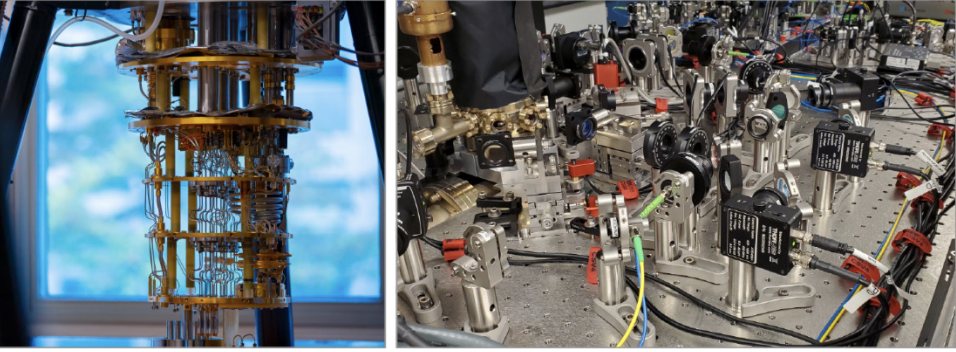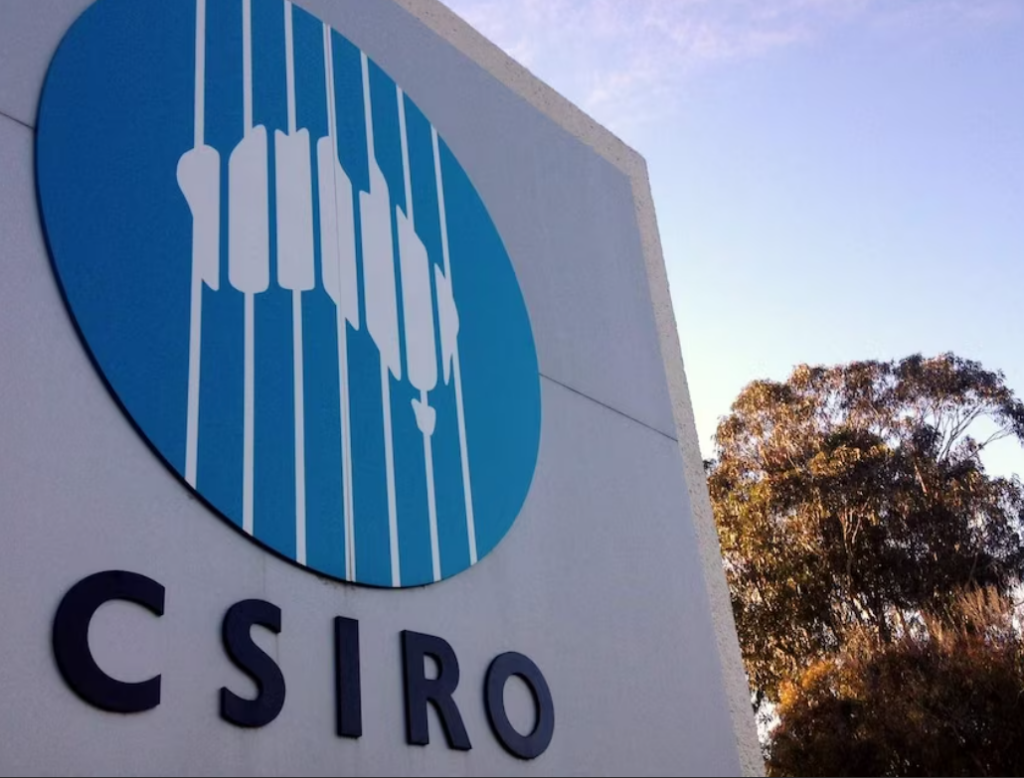
The U.S. Government Accountability Office offers a Spaghetti Western assessment of the future of quantum computing — offering critical factors that need to be addressed to enhance the good, mitigate the bad and even beautify a little of the ugly in the emerging industry.
The office released its assessment of quantum computing recently, acknowledging the transformative power of quantum computing and communication technologies.

According to the report: ” Future quantum computers could have high-value applications in security, cryptography, drug development, and energy. Future quantum communications could allow for secure communications by making information challenging to intercept without the eavesdropper being detected.”
The office sees the considerable progress of quantum computing and communications technology. However, the officials also see quantum computing impact will likely take a decade and billions of dollars for the technology to fully emerge.
The GAO identified four factors that will affect quantum technology development and use: collaboration, workforce size and skill, investment and the supply chain. These four factors are likely no surprise to the global quantum ecosystem — and, likely, they are among the stakeholders who pointed out both the positive potential and potential problems.

Collaboration
Recently, members of the quantum community have identified government interference with collaboration as a major block. The GAO recognizes “Export controls may complicate international collaboration, but are also needed to manage national security risks.”
Workforce Development
The report offers recommendations on quantum workforce development, specifically: “Policymakers could consider ways to expand the quantum technology workforce by, for example: Leveraging existing programs and creating new ones Promoting job training Facilitating appropriate hiring of an international workforce who are deemed not to pose a national security risk.”
Policymakers could consider ways to incentivize or support investment in quantum technology development, such as investments targeted toward specific results; continued investment in quantum technology research centers and grand challenges to spur solutions from the public.
Investment
While billions are flowing into quantum computing and communication from private markets, the GAO suggests it might not be enough and further government funding is suggested.
They recommend:
“Policymakers could consider ways to incentivize or support investment in quantum technology development, such as investments targeted toward specific results; continued investment in quantum technology research centers and grand challenges to spur solutions from the public.”
“Expanding fabrication capabilities for items with an at-risk supply chain.”
Supply Chain
Finally, the quantum supply chain is recognized as incredible complex and vulnerable. GAO experts and stakeholders recommend the following steps to establish, secure and optimize the supply chain by: “Enhancing efforts to identify gaps in the global supply chain and expanding fabrication capabilities for items with an at-risk supply chain.”
According to the office, the assessment was derived from key reports and scientific literature; interviewed government, industry, academic representatives, and potential end users; and convened a meeting of experts in collaboration with the National Academies of Sciences, Engineering, and Medicine.
You can read highlights here.
The full report is here.
If you found this article to be informative, you can explore more current quantum news here, exclusives, interviews, and podcasts.



















